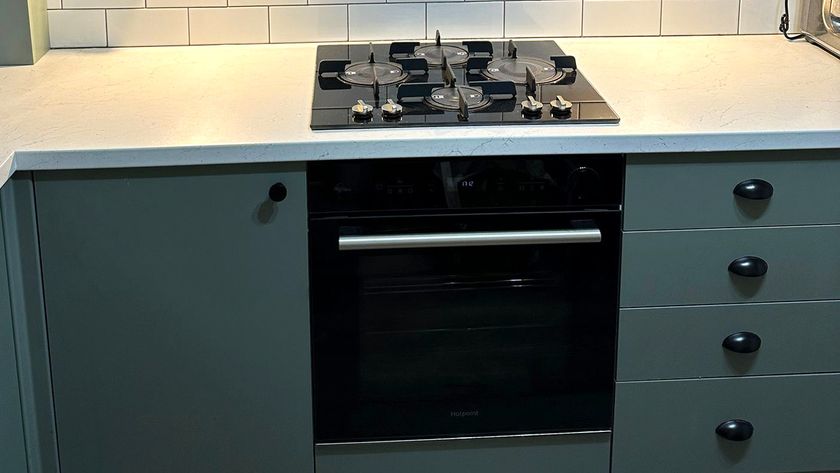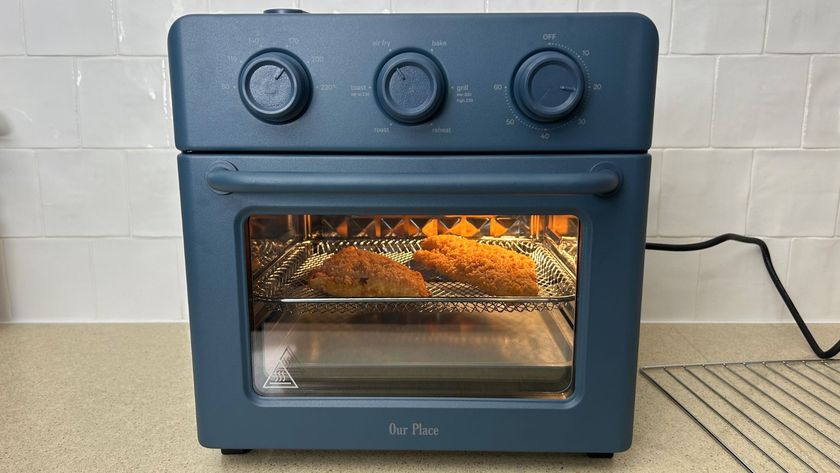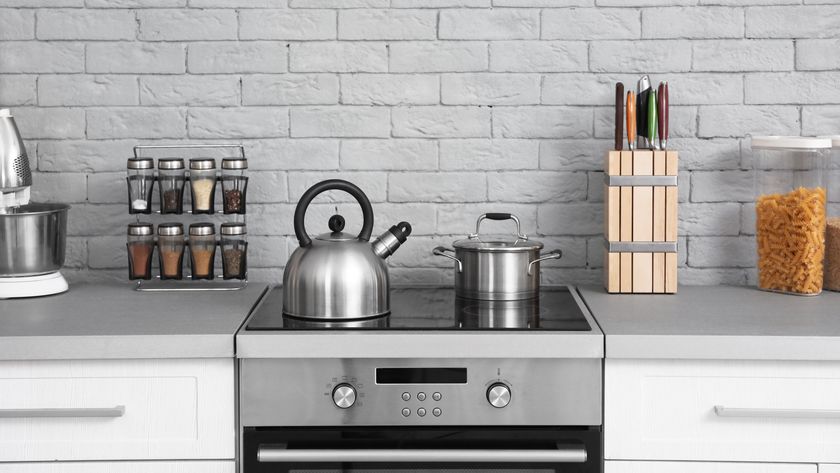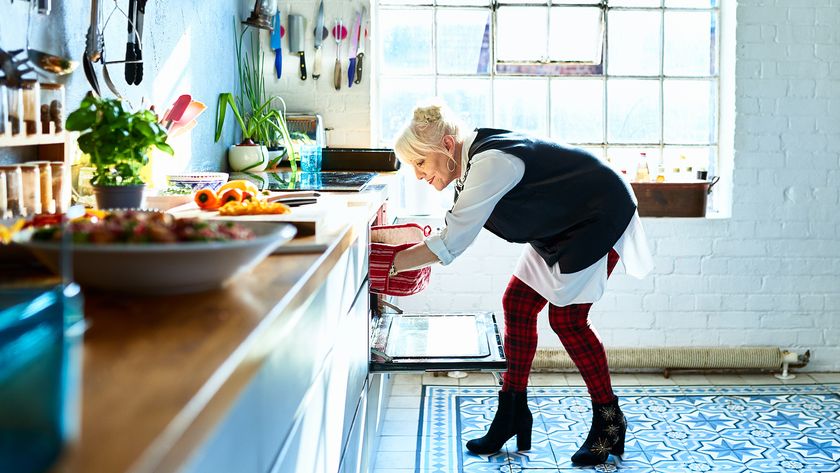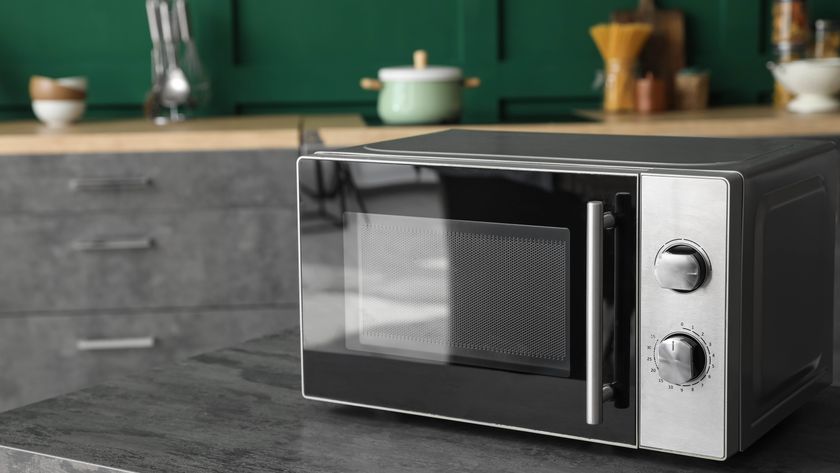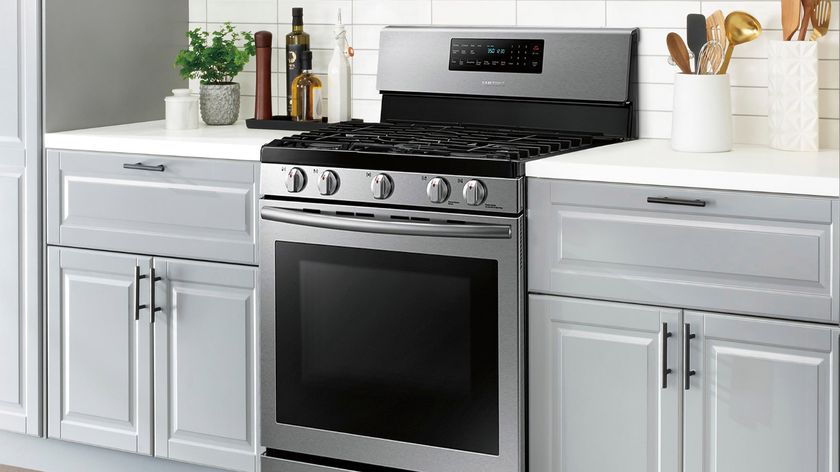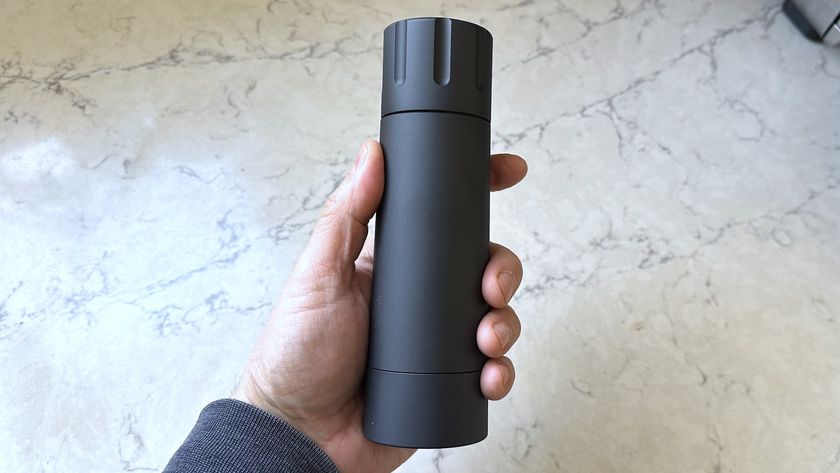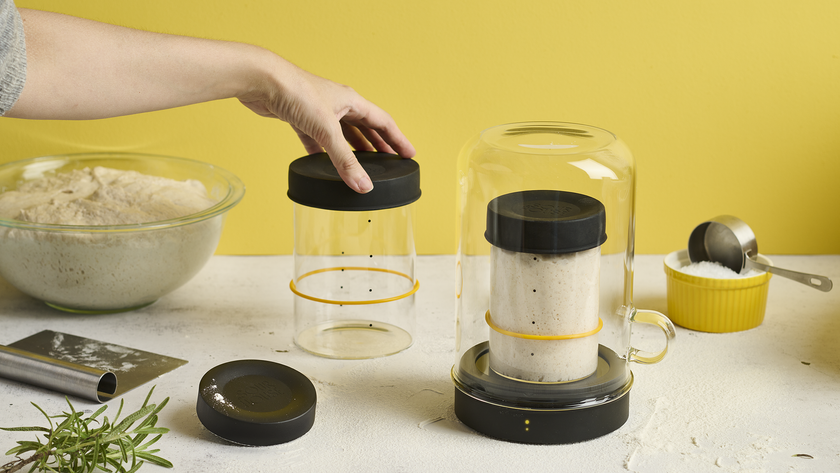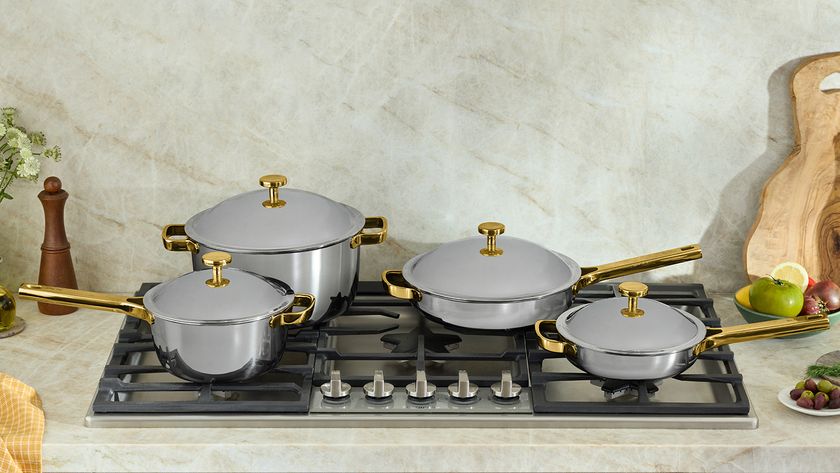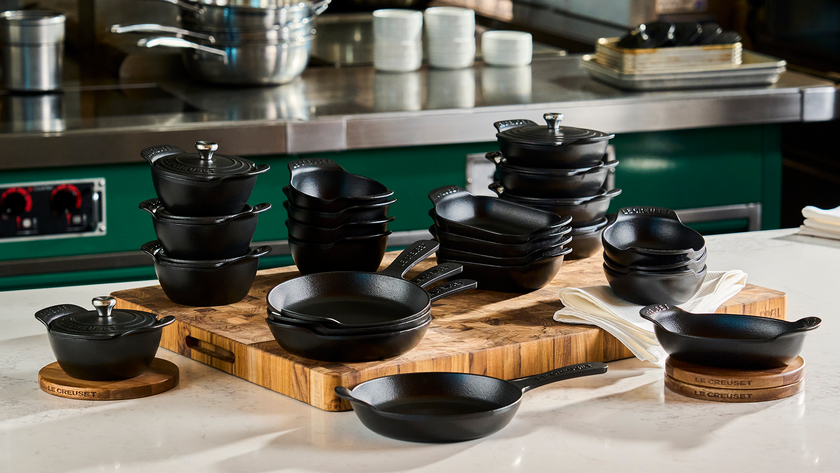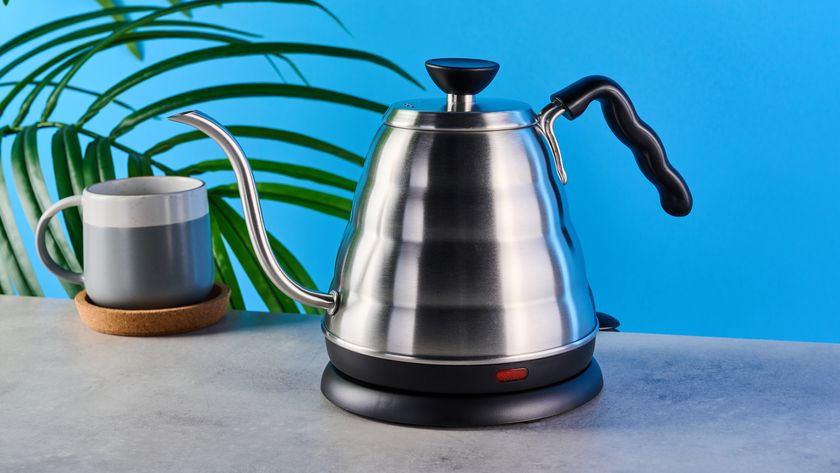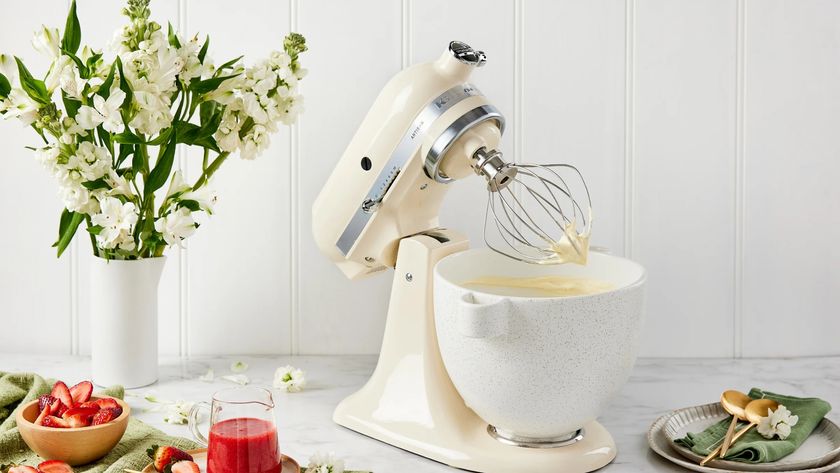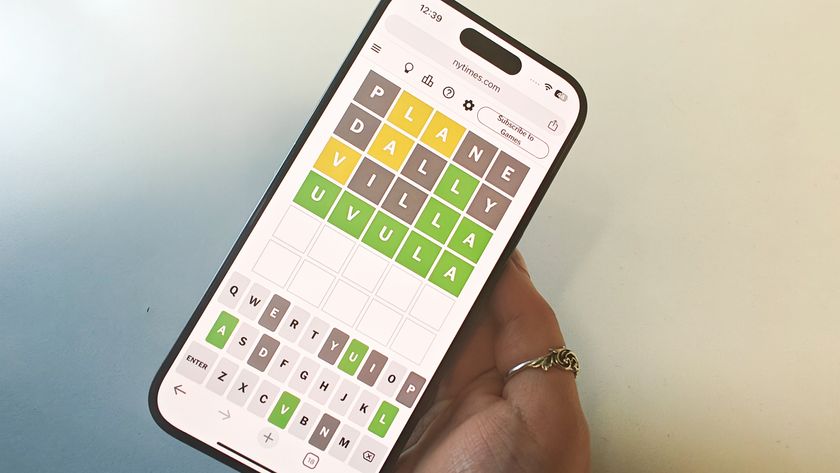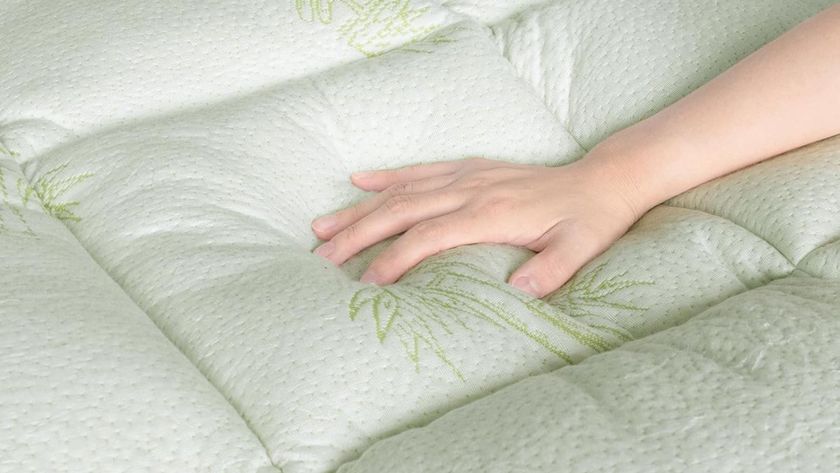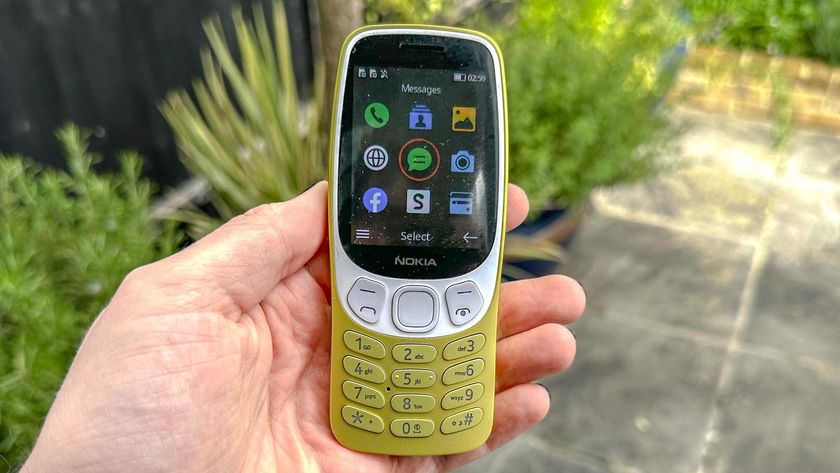Your oven can clean itself with this underrated setting
Did you know your oven can clean itself at the press of a button?

Whether you own one of the best electric ranges, or one of the best gas ranges, you will find there’s one constant nuisance, no matter the design.
We’re talking, of course, about the need to clean the oven. Left unchecked, an oven can quickly pick up grease and burnt residue from items which spit and drip while cooking. Before you know it, the oven has started to smoke and smell and you can't see a thing through the glass door.
Learning how to clean an oven takes some elbow grease. That’s why many of us leave such a task for as long as possible. But, believe it or not, your oven may be able to help you out.
Most modern designs now come with self-clean settings which make the task a cinch. The problem is, people are either unaware of its presence, or they’re unsure how to use it. Here, we'll break down exactly what these settings do and when you should use them. Take advantage of it and cleaning your oven will become a chore of the past.
What is the pyrolytic cleaning setting?
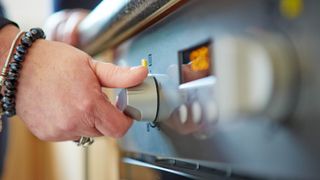
First of all, you should know there are two predominant self-clean settings: pyrolytic and steam. Pyrolytic is the more powerful of the two, and is best suited for deep cleaning the oven. When activated, this setting will lock the oven door shut for a number of hours, while the internal temperature reaches up to 930°F.
In doing this, it essentially reduces any loose food debris to ash — so once the program is finished, you can simply brush it away.
As you can imagine, this is quite an intense cleaning cycle. So much so, that it can unnerve consumers, particularly when you consider the unnaturally high temperatures that it reaches within. That and the fact that the oven will be out of action for several hours means it’s often regarded as inconvenient.
Sign up to get the BEST of Tom's Guide direct to your inbox.
Get instant access to breaking news, the hottest reviews, great deals and helpful tips.
It is, however, a setting which most modern oven designs will now offer, and so long as you follow the guidance and precautions in your user manual, it’s completely safe to use and takes a lot of the manual labor out of cleaning an oven.
What is the steam clean setting?

Some ovens will offer a self-clean setting which uses steam instead. This could be the only self-clean setting, or it could be in addition to the pyrolytic method.
In either case, the steam clean option is the less aggressive of the two, usually taking 1-2 hours to complete. You need to add water to the cavity either using a reservoir or directly via the oven itself — the manual should guide you. Once started, the water is heated within the oven until it steams to help loosen any stubborn debris. The idea with this setting is that it eases the burden of cleaning the oven, so you still need to clean the oven once it’s finished, but the chore should be much easier.
Because of its less-aggressive nature, this steam-clean setting is better suited for everyday cleaning. It’s not as convenient or powerful as the pyrolytic function, but it may be all that’s required to clean your oven, or at least to get a head start on cleaning it. Make sure you leave your oven to sufficiently cool once the cycle has finished before you start cleaning, otherwise you risk burning yourself.
Do not open the door while it's running either, otherwise you will lose a lot of steam.
When should you use these settings?
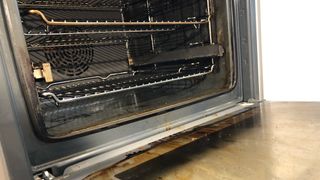
You should take advantage of the appropriate self-clean setting whenever it’s necessary. Your manual should provide general guidance on how often to use each setting, but you must also keep an eye on the general condition of your oven, and run each as and when needed.
Signs that your oven needs cleaning include smoking, smelling and visible debris. It may start to smell so bad it impacts the quality of the food you cook within. It’s essential you don’t ignore this chore, because a dirty oven can produce toxic smoke as it heats, which may contain carbon monoxide along with other harmful gasses. It can lead to a fire hazard should the residue within catch alight as well, so make sure your oven is regularly cleaned one way or another.
If you decide to use one of the self-clean settings, make sure you account for how much time the function requires. If you opt to use the pyrolytic setting, your oven will most likely be out of action for 2-5 hours, so you need to make sure you won’t need it during this time. It’s also going to grow exceedingly hot and start to smoke as well as smell, so you don’t want guests around as you tackle this chore.
The steam clean setting is not so obvious, but your oven will still be unavailable for a couple of hours, and you need to make time to clean it once the setting has finished too.
Are there any drawbacks?

Using the pyrolytic self-clean setting requires some preparation, and your manual will usually guide you through these. You'll first need to remove all trays and racks from within the oven, so that it’s completely empty. You will also need to make sure any materials within, such as stray aluminum foil, are removed. Any food debris will start to smoke as it burns away, so it’s always best to remove obvious excess as best you can before you get started.
When it comes to the oven door, the pyrolytic self-clean setting unfortunately won’t leave that gleaming, so it’s usually best practice to clean the oven door by hand before running the program — although, you should ultimately follow the guidance in your manual. This means some elbow grease will usually still be required.
You need to make sure the room is well-ventilated when you use a pyrolytic self-clean setting, as these can produce a lot of smoke and smells. You will also want to keep children away from the oven and supervised at all times, as the door can get pretty hot in the interim. For this reason, you should also keep anything flammable away from the oven door, such as dish cloths and oven gloves. Remember, your oven will become inaccessible for a number of hours too, so do not try to force open the door in this time.
The steam clean setting won't produce as much smoke or smell, but remember it is a much gentler method when you compare the two. The door will usually remain unlocked in this case as well. Whichever self-clean setting you use, the oven should be supervised at all times.
Once the cycle has finished, the oven will cool and the door will unlock. However, your work is not finished there, you still need to brush away any ashes in the case of a pyrolytic self-clean setting, or start cleaning as usual with a steam clean setting. No self-clean setting will completely remove the burden of cleaning your oven, but they can at least lend a hand.
What are the benefits of using these settings?
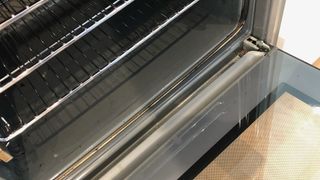
Despite the preparation involved with using these self-clean settings, they still reduce the overall labor required to clean a heavily-soiled oven. And while you still need to clean the oven after using a steam self-clean setting, the chore is naturally easier and won’t necessarily require chemical cleaners to get the job done. It’s also worth remembering that cleaning your oven by hand is a timely chore as well as laborious — with some cleaners needing to sit for several hours before they can be removed. So, using a self-clean setting could potentially save you time as well as effort. Ultimately, these settings are here to help you, and if your oven features them, they’re worth relying on to make the task a little easier.
If your oven doesn’t offer a self-clean setting, you can recreate a steam clean function by heating an oven-safe bowl of water to 450°F for 30-60 minutes. Then, once your oven has cooled, clean it as you usually would. The steam should have loosened any residue.
Tips to keep your oven cleaner for longer
- Use an oven liner — These sit at the base of your oven collecting drips and spills, and they can be washed in the dishwasher when required. An example would be the ThreadNanny 2 Pack Large Thick Heavy Duty Non Stick Teflon Oven Liners ($10.99, Amazon).
- Clean it more regularly — This will prevent residue from building up to such an extent that it’s difficult to remove. The more regularly you clean your oven, the easier it will be in the future.
- Use baking sheets — Don’t let food sit openly on the shelves without something beneath to catch any drips. This often happens when pizzas are cooked on open racks.
- Clean spills immediately — If you notice a recent spill in your oven, clean it up as soon as you can. Left unchecked, it will burn in place and become more tricky to remove.
More from Tom's Guide

Katie Mortram used to be a Homes Editor for Tom's Guide, where she oversaw everything from kitchen appliances to gardening tools, as well as smart home tech. Specializing in providing expert advice for cleaning and home manintenance, she now works as Household Advice Editor for Good Housekeeping.
